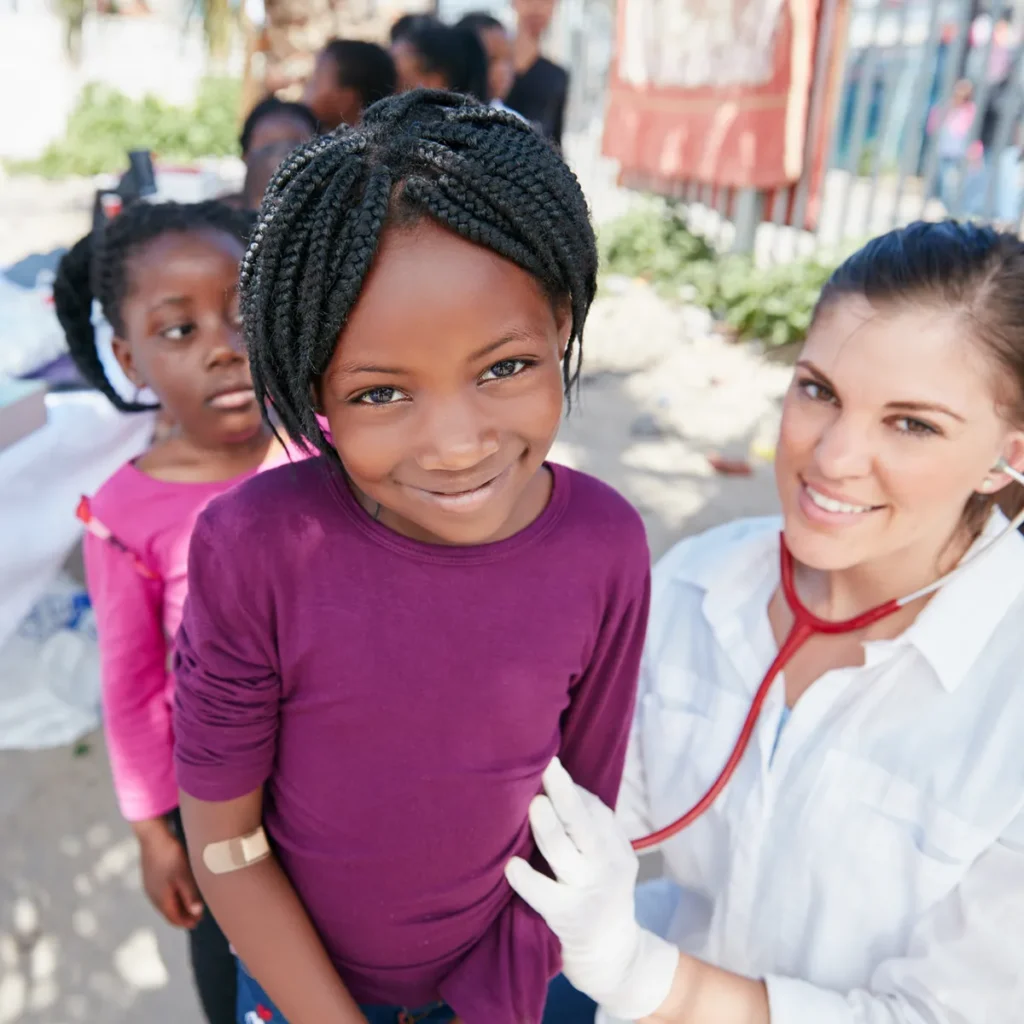
FamilyCare’s Integrated Model of Care
Unlike traditional systems that separate mental and physical care (“carve-outs”), FamilyCare’s model streamlines services through unified claims, referrals, and authorizations.
For millions of Americans, getting to a doctor’s office is not just an inconvenience—it’s nearly impossible. Rural communities, low-income neighborhoods, and homeless populations often lack nearby healthcare facilities, reliable transportation, or health insurance coverage. These barriers leave many without preventive care, chronic disease management, or even basic medical checkups.
Enter mobile clinics—healthcare on wheels that bring primary care, preventive screenings, mental health services, and even dental care directly to underserved communities. These clinics are not just a temporary fix; they are a cost-effective, community-driven solution to a growing healthcare crisis.

A mobile clinic is a fully equipped medical unit—often a converted bus, van, or trailer—that brings healthcare professionals directly to communities that lack accessible medical facilities. These clinics provide essential services, including:
Primary care visits and preventive screenings
Vaccinations and routine checkups
Chronic disease management (diabetes, hypertension, asthma, etc.)
Behavioral health support and substance use treatment
Dental care and vision screenings
Unlike traditional healthcare settings, mobile clinics eliminate major barriers that prevent people from seeking care—including cost, transportation, and long wait times.
In many rural areas, the nearest hospital or primary care provider can be hours away. With rural hospitals closing at alarming rates, mobile clinics fill the gap by bringing healthcare directly to remote areas. These clinics serve as a lifeline for patients with chronic illnesses who otherwise might go untreated.
Low-income urban areas often have long wait times for doctor visits and a shortage of primary care providers. Mobile clinics reduce strain on overwhelmed hospitals and community health centers by offering walk-in services for preventive care and urgent medical needs.
Homeless individuals face severe health challenges, including higher rates of mental illness, substance use disorders, and chronic diseases. Without an address or insurance, many rely on emergency rooms as their only source of medical care. Mobile clinics bring free or low-cost healthcare directly to shelters, encampments, and transitional housing sites, ensuring that this vulnerable population gets the care they need.
Mobile clinics don’t just provide convenience—they save lives and reduce healthcare costs. Research has shown that for every $1 invested in mobile healthcare, the return is up to $12 in reduced emergency room visits and hospitalizations.
By catching illnesses early and managing chronic diseases, mobile clinics:
For Medicaid and uninsured patients, mobile clinics provide an affordable alternative to emergency-based healthcare, reducing the financial burden on both hospitals and taxpayers.
Mobile clinics offer a glimpse into the future of healthcare—one that prioritizes accessibility, flexibility, and community-driven solutions. As policymakers look for ways to reduce healthcare disparities, investing in mobile clinics could be a high-impact, cost-effective strategy.
Bringing healthcare directly to patients—rather than expecting patients to come to healthcare—is not just an innovation; it’s a necessity. For many, it’s the difference between receiving care and being left behind.
Determinants of Health: Access to Healthcare, Public Services, Environmental Factors, Medical Providers

Unlike traditional systems that separate mental and physical care (“carve-outs”), FamilyCare’s model streamlines services through unified claims, referrals, and authorizations.

This slide presentation summarizes FamilyCare Health’s 2025 testimony to the Oregon Senate Committee on Health Care in support of Senate Bill 388.

Housing insecurity—whether it’s the threat of eviction, living in substandard conditions, or experiencing homelessness—has a profound impact on overall well-being.

How Oregon Can Use Existing Federal Tools to Achieve Equity in Medicaid Reimbursement.

By signing up for our news, policy, and advocacy newsletter.